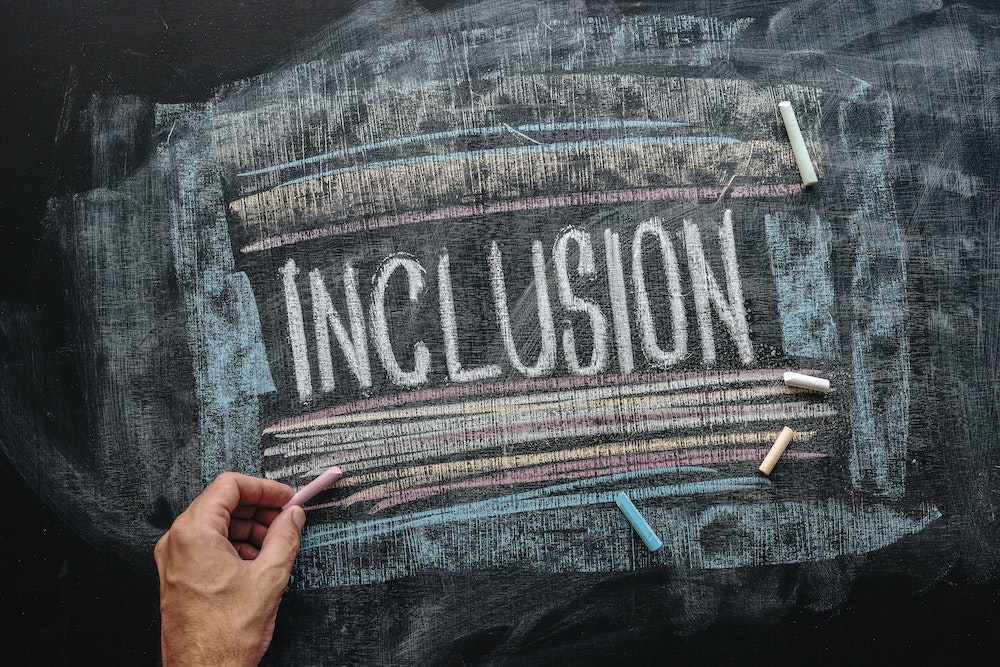How to Foster Digital Inclusion for the Elderly Population in the UK?

In a world where digital technology reigns supreme, the importance of promoting digital inclusion amongst all demographic sectors cannot be overstated. This is especially true for the elderly population, who may find themselves at risk of being left behind as the pace of technological advancement accelerates. In the UK, the government, local authorities, and non-government organisations have the responsibility to ensure that older adults are not excluded from the benefits of the digital age. This article will explore the importance of digital inclusion for older people, the barriers they face, and how stakeholders can help to overcome these obstacles.
The Importance of Digital Inclusion for Older Adults
As we increasingly live our lives online, digital inclusion is becoming a critical issue. The internet is not just a tool for communication and entertainment; it is also an essential resource for accessing a range of services that can improve our quality of life.
Also to see : How Can Smart Thermostats Reduce Heating Costs in UK Homes?
For older adults, these services are particularly vital. They can help maintain social connections, access health care services, and even manage personal finances. The internet is also an invaluable tool for accessing information and staying informed about the world. For those who have mobility issues or live in remote areas, the internet can be a lifeline, providing access to services and support that might otherwise be inaccessible.
The NHS and other health providers increasingly offer online services that can help older people manage their health. From booking appointments to ordering prescriptions, these services can make healthcare more accessible and convenient. However, to benefit from these services, older adults need to have the necessary digital skills and access to technology.
Also to read : What Are the Health Benefits of Urban Green Spaces for UK City Dwellers?
Barriers to Digital Inclusion for Older Adults
Despite the many benefits of digital inclusion, many older adults in the UK are still digitally excluded. According to a report by the Office for National Statistics, over four million adults over the age of 65 have never used the internet. This digital divide is due to a variety of factors.
One of the main barriers to digital inclusion for older people is a lack of digital skills. Many older adults have not grown up with technology and may find it challenging to learn how to use digital devices and navigate the online world. They may also have fears about online scams and the misuse of their personal information.
Access to technology is another significant hurdle. Not all older people have access to a computer or a smartphone, and the cost of these devices can be prohibitive for those on a limited income. Even those who do have access to technology may struggle with its use due to physical or cognitive limitations.
Government and Local Authorities Role in Fostering Digital Inclusion
The government and local authorities have a crucial role to play in promoting digital inclusion amongst older adults. They are well-positioned to implement policies and strategies that can help overcome the barriers older people face in accessing digital technology.
One approach is to provide digital skills training for older adults. This could take the form of workshops or one-on-one sessions where older people can learn how to use digital devices, browse the internet, and protect their online privacy. Local libraries and community centres could host these sessions, making them easily accessible to older people in the community.
There also needs to be support for affordable access to technology. The government could consider subsidising the cost of digital devices for older people on a low income or providing public spaces where older adults can access computers and the internet for free.
Role of NGOs and Other Stakeholders in Promoting Digital Inclusion
Beyond the government and local authorities, other stakeholders also have a role to play in promoting digital inclusion for older adults. Non-government organisations (NGOs), charities, and even technology companies can all contribute to this effort.
NGOs and charities can offer support to older adults in learning how to use digital technology. They can provide volunteers who can assist older people in setting up technology in their homes and guide them through the process of using the internet. These organisations can also advocate for older adults’ digital inclusion, lobbying government and businesses to prioritise this issue.
Technology companies, meanwhile, can help by designing products that are easy for older people to use. This could involve creating devices with larger text, simpler interfaces, and features that cater to the needs and limitations of older adults. By developing products that are accessible to all, technology companies can help to bridge the digital divide.
Collaborative Approach to Digital Inclusion
To truly foster digital inclusion for older adults in the UK, a collaborative approach is needed. Government, local authorities, NGOs, charities, technology companies, and the individuals themselves all need to work together to address the barriers to digital inclusion.
Digital inclusion is a complex issue that requires a multifaceted solution. By combining efforts and pooling resources, these stakeholders can collectively ensure that older adults aren’t left behind in the digital age. They can help older adults develop the skills they need to use technology, provide them with access to devices, and create an online environment that is safe and easy to navigate.
Remember, digital inclusion is not just about access to technology. It’s about ensuring that everyone, regardless of age, has the skills and confidence to use that technology effectively. With the right support, we can help older adults in the UK to reap the benefits of the digital age.
Encouraging the Use of Digital Health and Social Services by Older Adults
A critical aspect of fostering digital inclusion for the elderly population involves promoting the use of digital health and social services. With the NHS and other healthcare providers offering more services online, the need for older adults to possess digital skills is increasingly apparent. Digital health services can greatly enhance the quality and convenience of care for older adults, reducing the need for unnecessary hospital visits and making it simpler to manage their health.
For those who have mobility issues or live in remote areas, digital services can be life-changing, providing access to care and support that may otherwise be unreachable. Similarly, social care services that are accessible online can help older adults maintain social connections and mental well-being. These services can provide virtual platforms for social interaction, allowing older adults to stay connected with family and friends, join interest groups, or access emotional support when needed.
However, the benefits can only be reaped if older adults are comfortable going online and have the necessary digital capability. Therefore, a strong focus should be on providing training and support to help people become confident in using these services. Local government, charities, and NGOs can play a pivotal role in organising digital literacy workshops, creating easy-to-understand user guides, and offering one-on-one support sessions to help older adults gain these vital skills.
Conclusion – Cultivating a Culture of Digital Inclusion for Older Adults
Digital inclusion is an imperative aspect of society that deserves due attention, primarily when it concerns older adults who may be digitally excluded due to a lack of digital skills or access to technology. Emphasising digital inclusion for older adults ensures that they are not excluded from the benefits the digital world offers, enhancing their quality of life.
A multi-stakeholder approach involving the government, local authorities, NGOs, and technology companies is crucial for fostering digital inclusion. These stakeholders need to work collaboratively to address the barriers that prevent older adults from fully participating in the digital world. This includes providing digital literacy training, making technology affordable and accessible, and ensuring that digital services are user-friendly for older adults.
Beyond access to technology, cultivating a culture of digital inclusion is about building digital capability, confidence, and trust among older adults. This will not only help them to go online but also to do so safely and effectively. By doing this, we can ensure that older people can not only participate in the digital world but also benefit from the conveniences and opportunities it offers.
In the digital age, no one should be left behind. With a concerted effort from all parties, we can eliminate digital exclusion and build a digitally inclusive society where everyone, including older adults, can thrive.
